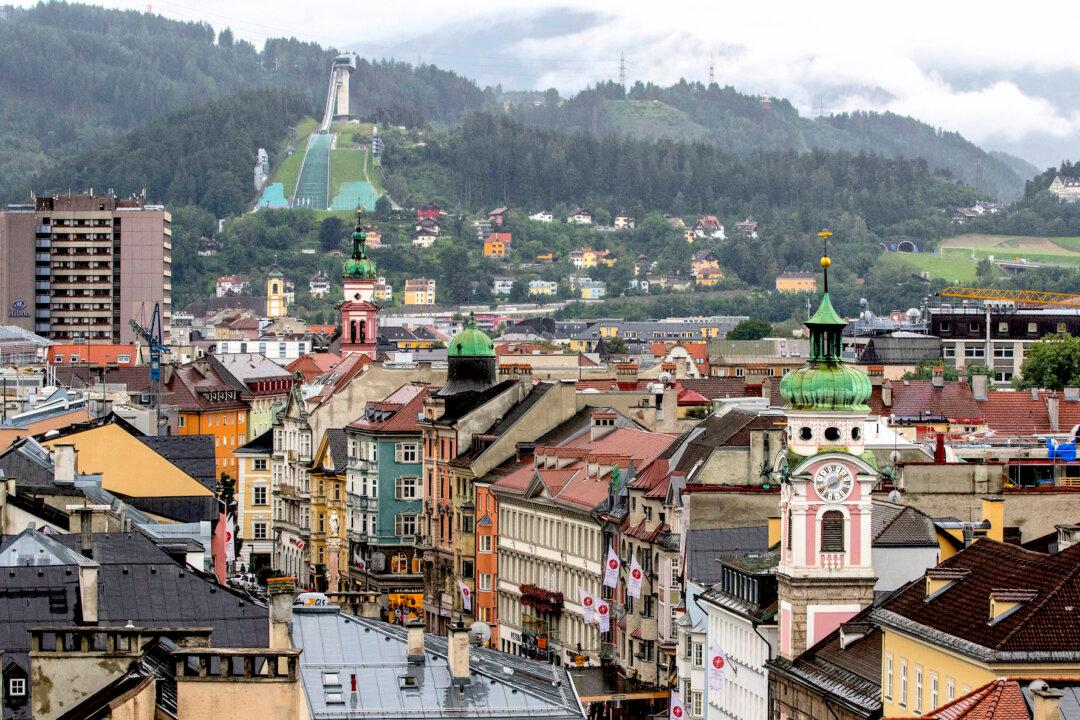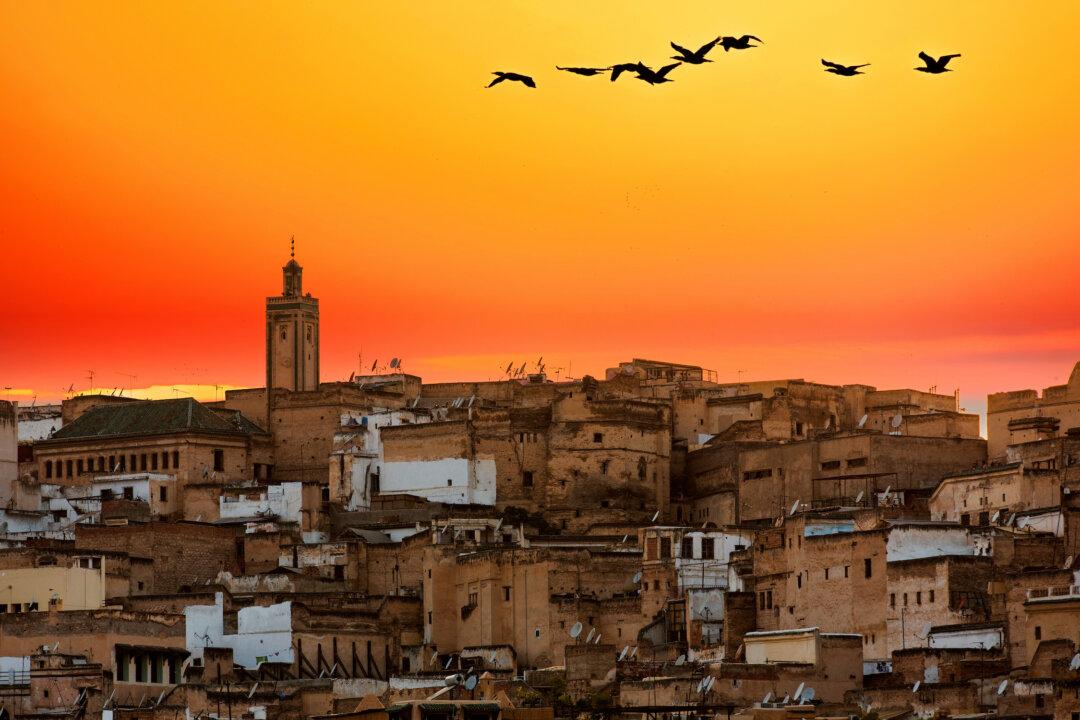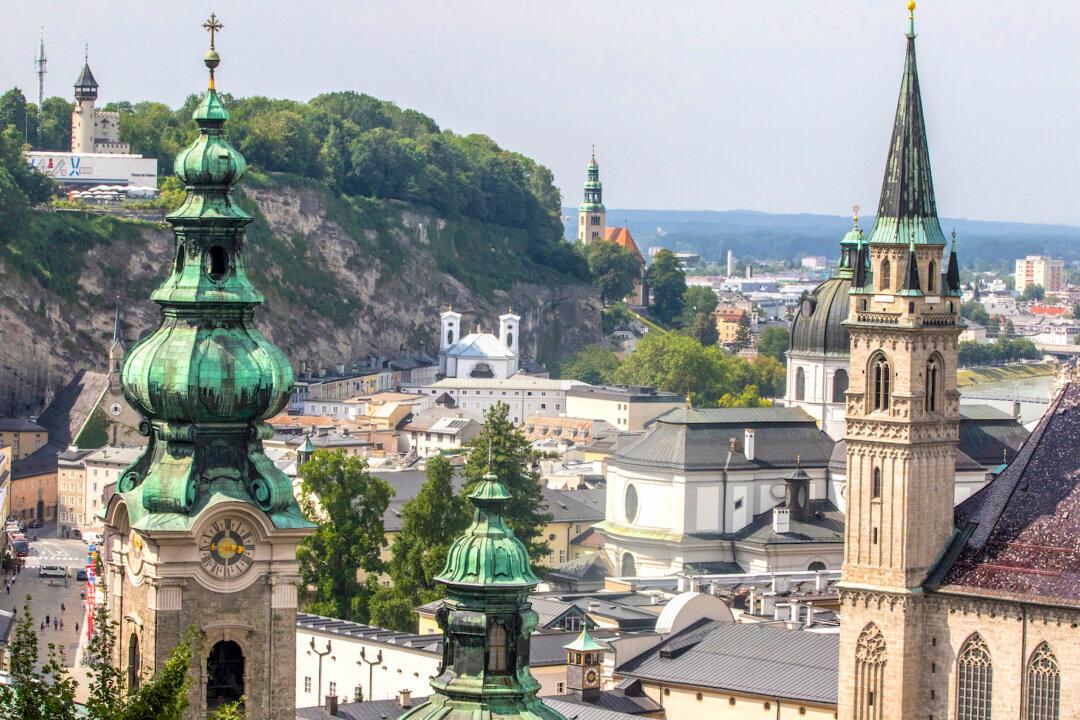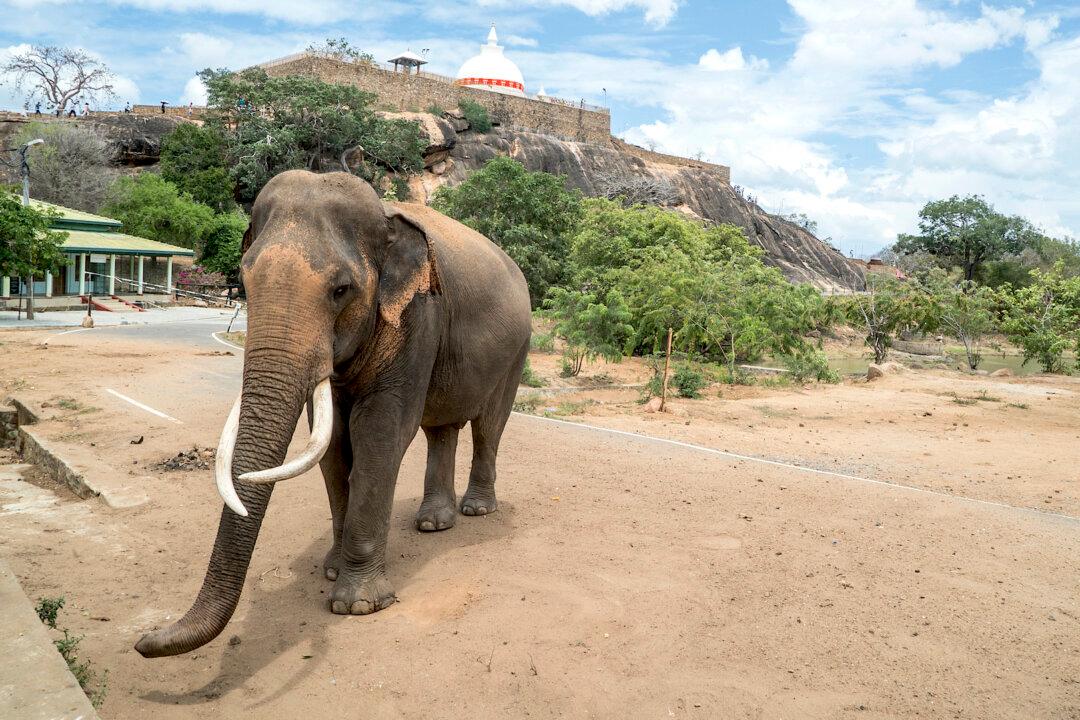Innsbruck, the capital of Austria’s Tyrol region, boasts a remarkable combination of culture and heritage ranging from the medieval to the renaissance, all of which is coupled with winter sports, summer hiking, and other adventure activities.
Innsbruck emerged as a European political hub of cultural importance in the 15th century when Emperor Maximilian I chose the city as his imperial residence. Its rich architectural masterpieces, such as Hofkirche (Court Church), the Imperial Palace, and the Goldenes Dachl (Golden Roof), are his legacy and that of his successors.






